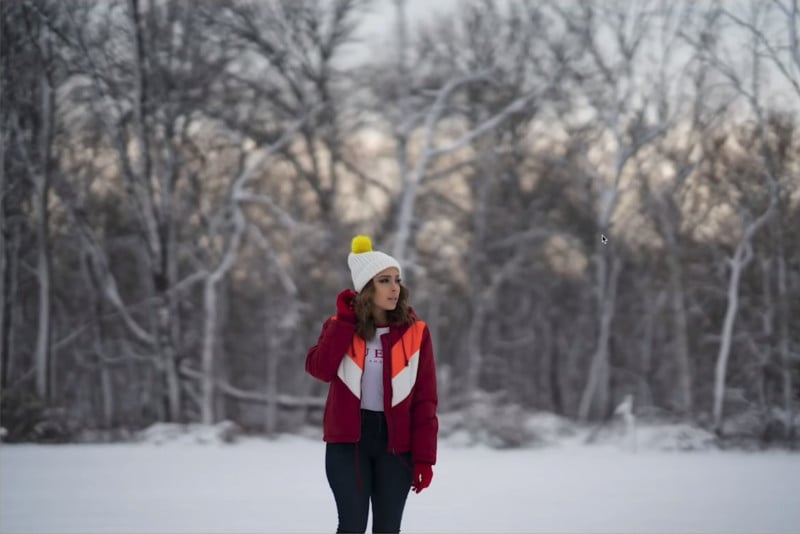PSA: Electronic Front-Curtain Shutter May Be Quietly Hurting Your Bokeh
If your camera has an Electronic Front-Curtain Shutter (EFCS) feature and it’s turned on, here’s something you might want to know: it could be giving you noticeably worse bokeh when you’re shooting at faster shutter speeds. Photographer Manny Ortiz shows the difference in the 4.5-minute video above.
EFCS is used to reduce the camera blur caused by the first of the two shutter curtains opening.
“The camera focal-plane shutter is comprised of two curtains: a front curtain that opens to start each exposure and a rear curtain that closes to end it,” Nikon’s website says. “With the electronic front-curtain shutter, exposure is started electronically after the front curtain opens; exposure ends when the rear curtain closes. Opening the mechanical shutter before the exposure starts eliminates vibrations caused by the shutter, reducing camera blur.”
If you look in your camera’s manual, there may also be a warning regarding side effects from using EFCS. Sony manuals for cameras such as the a7R III and a9 state:
When you shoot at high shutter speeds with a large-aperture lens attached, out-of-focus circle produced by the bokeh effect may get cut off because of the shutter mechanism. If this happens, set [e-Front Curtain Shut.] to [Off].
Thus cut-off bokeh “is due to that there actually is a change in distance between the EFCS (Electronic First Curtain Shutter) that travels directly on the sensor plane and the mechanical rear shutter curtain that travels some millimeters in front of the sensor,” writes photographer Anders Lattermann in the DPReview forums. When these form a slit at higher shutter speed this distance difference causes this effect, mostly at large aperture openings.
To test the difference, Ortiz shot two photos at an aperture of f/1.4 and with a shutter speed faster than 1/1000s — one with EFCS off and one with EFCS on.


As you can see, there’s noticeably less blur at f/1.4 when EFCS is ON.
![]()
A more technical explanation of this phenomenon was published a few years ago by DPReview forum member Antisthenes.
“The [electronic first curtain], being a reset wavefront traveling across the sensor, can be considered to travel right at the sensor surface — which we might describe as zero altitude,” Antisthenes writes. “The 2nd curtain, [on the other hand], ‘flies’ above the OLPF optical stack — i.e. about 5mm above the sensor’s surface.
“This 5mm altitude difference creates interesting effects when the light rays are heavily tilted — e.g. in the case of the marginal rays emitted by large-aperture lenses.
“Consider a blurred point light source, which should therefore be normally imaged as a light disk. When the 2nd curtain starts to intersect the light cone emitted by the lens, it blocks part of that cone’s constitutive light rays, and therefore projects a shadow on the light disk.”
So the difference you’ll see in background blur is due to the light disk of out-of-focus-areas getting chopped off by the second curtain during the dance between your camera’s electrical and mechanical curtains.
Many DSLR and mirrorless cameras on the market these days have EFCS as an available feature, so this is just something to be aware of.